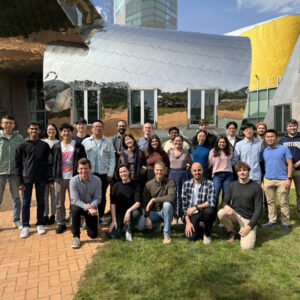
Designing new compounds or alloys whose surfaces can be used as catalysts in chemical reactions can be a complex process relying heavily on the intuition of experienced chemists. A team of researchers in Rafael Gómez-Bombarelli’s Group Learning Matter Group in the Department of Materials Science and Engineering at MIT has devised a new approach using machine learning that removes the need for intuition and provides more detailed information than conventional methods can practically achieve.
For example, applying the new system to the perovskite material strontium titanium oxide, or SrTiO3, a material that has already been studied for 30 years by conventional means, the team found the compound’s surface could form two new atomic configurations that had not previously been identified, and that one other configuration seen in previous works is potentially unstable.
A recent paper from the group presents a machine learning-accelerated framework that extends the Virtual Surface Site Relaxation-Monte Carlo (VSSR-MC) method to efficiently simulate and predict surface reconstructions and thermodynamic stability of electrochemical interfaces under aqueous conditions, enabling scalable and accurate design of materials for catalysis, energy storage, and corrosion applications.
The team uses high performance computing resources including the MIT Engaging cluster, and MIT Lincoln Lab Supercloud cluster, all housed at the MGHPCC,
